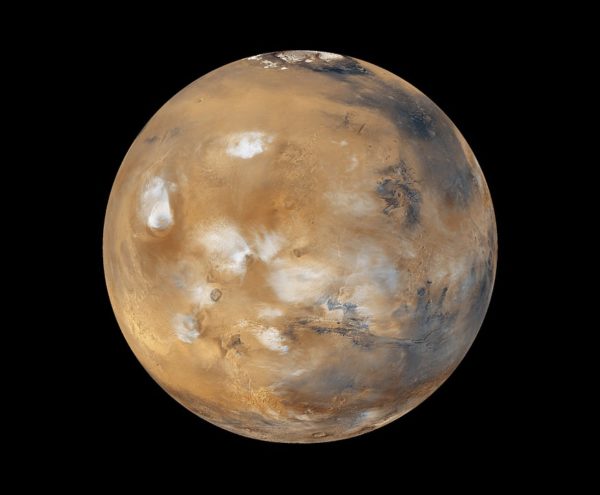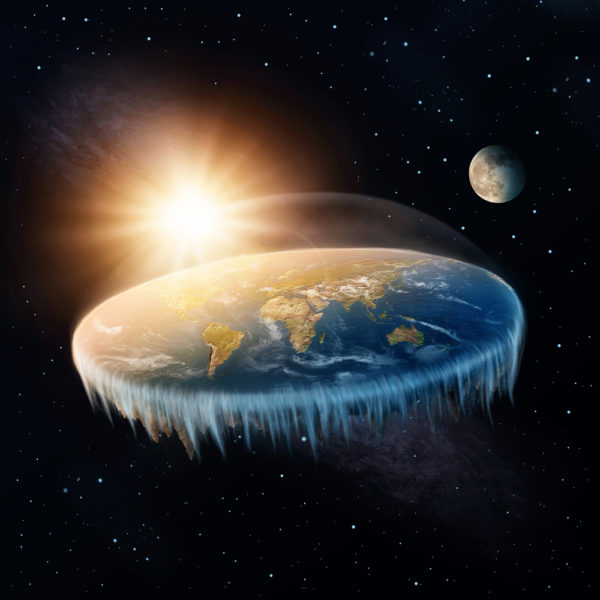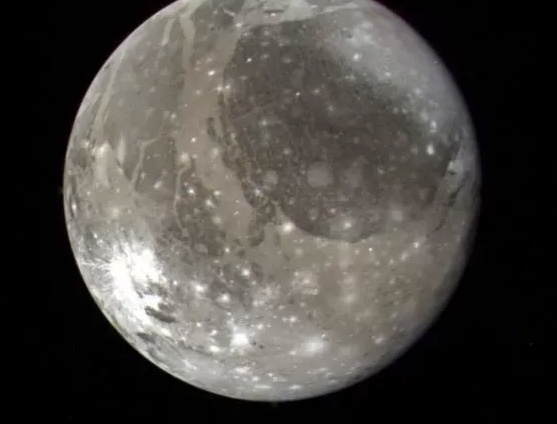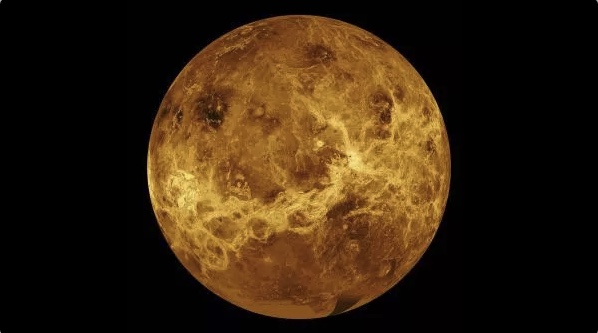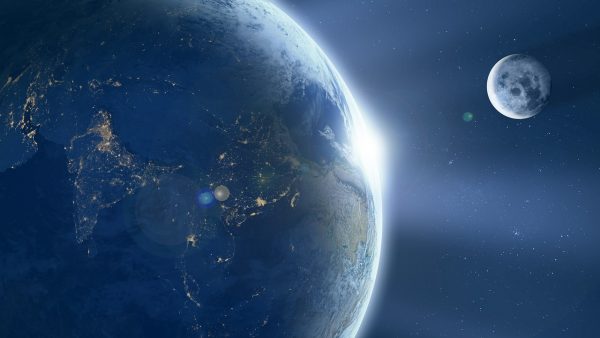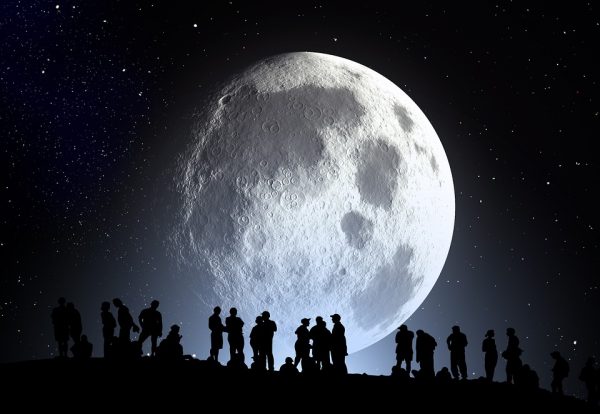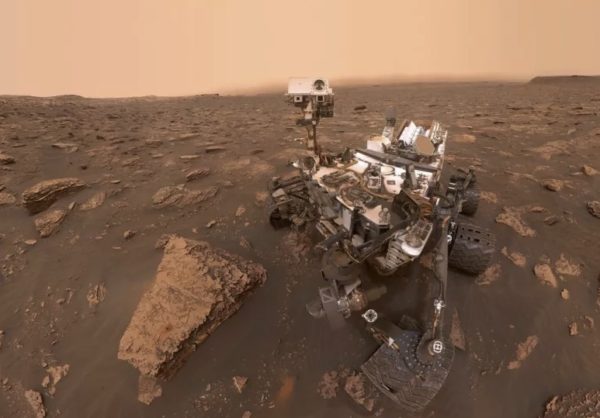A history of Martian illusions – Live Science
Humans have been seeing strange things on the surface of Mars for centuries. Perhaps it’s because, other than Earth, Mars is the closest thing in the solar system to a habitable planet, or perhaps it’s simply because it’s close enough to get a pretty good look at. Either way, Earthlings have been fooled time and again by the rocky Martian surface and their own psychology. People have at various times reported finding everything from canals to spooky humanoid faces to alien Martian bases on the surface of the Red Planet — though each sighting has been thoroughly debunked. In this … Read more



